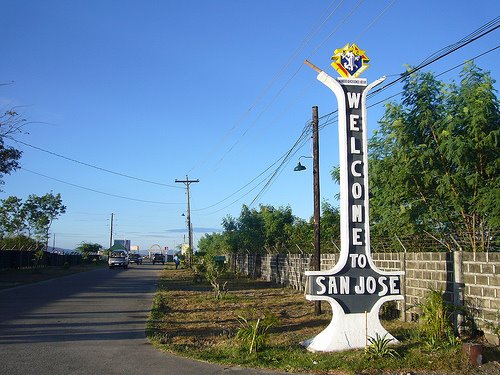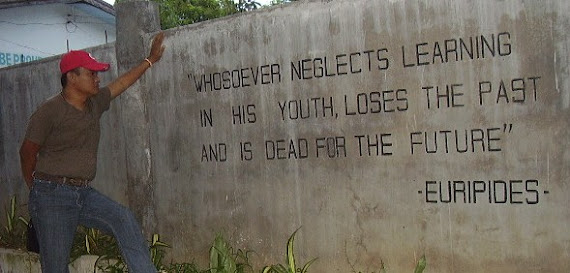Political rallies are all over and as expected, crowd counting will always be contentious. Sure thing is, both political camps have a devolved interest in the counts. The rally organizers want to project a higher count and the rival camp(s) naturally want to project a lower count.
Well with the absence of estimates or data from credible and competent authorities such as the Philippine National Police (PNP), among other agencies, numbers are sexed-up thus used as political propaganda material. Nonetheless, all political rallies or gatherings will always be disputed. For instance, no matter how huge is the crowd a party draws in certain municipality, the adversary can always claim that it is just a tiny portion of town’s population. The opposing camp will claim that a hakot system was employed or even vote buying just to gather enormous crowd. Accusations that are most of the time as real as water and power shortages that the people are currently experiencing.
In Philippine election where patronage politics prevails, a massive crowd drawing isn’t the true measurement of support or vote for particular group of candidates. In a community where the spirit of volunteerism is not put into flesh, the number of people attending a political event is not a manifestation of heartfelt support but a display of abundant resources,- material, manpower, and most of all financial, of those seeking for public office. As long as political campaigns are fueled with money, money will always be the ultimate crowd-drawer. How can one hire movie personalities and entertainers from the city without huge amount of campaign fund or to hire social media mercenaries?How could the organizers bankroll the event with meager funds and so forth and so on? As long as nobody applies a scientific method of crowd counting, it will always be subjective. Therefore, it is mere empiricism, political strategy-wise.
The simplest way to have a fair crowd count is to know the square footage of the venue or its site carrying capacity, the percentage of the venue occupied by participants and the crowd density. This technique originates from a journalism professor Herbert Jacobs of University of California, Berkeley, who devised the process by watching students protest on his campus against the Vietnam War in the 1960s.
Jacobs’ premise was simple: Area times density will yield more accurate results than biased guesses. Density differs whether people are standing (at about five square feet per person) or sitting (at about 10 square feet per person), and observers know that the fronts of crowds are always more dense than the rear of crowds. I assume that it is one of the methods the PNP is employing today specially in mass protests.
When one crowd estimate in the ground, its result will always be over-estimation. According to sociologist John McCarthy in his book (co-authored with Clark McPhail) Who Counts and How: Estimating the Size of Protests which was published August 1, 2004, “If you’re on the ground, it’s easy to overestimate. Because if you’re in the middle of it, it looks like a million people.” In this particular case, we must keep our feet off the ground.
Aerial photography via drone can help determine the carrying capacity of the venues or sites and make guesses at density especially in a stationary crowd like in political campaign or rallies. The interpretation from competent authority is also essential. If I may repeat, unless a system or a scientific method is applied we cannot have a believable product.
Bottom line: Crowd counts are used as mental conditioning to create a band wagon effect but the true arena is still in the precincts, not much in crowded political gatherings. The silent majority and the fed-up onlookers are very much aware of that. Even if one is bent on using it as a sole determinant of election success…
---------
(Photo: GMA News Network)







No comments:
Post a Comment